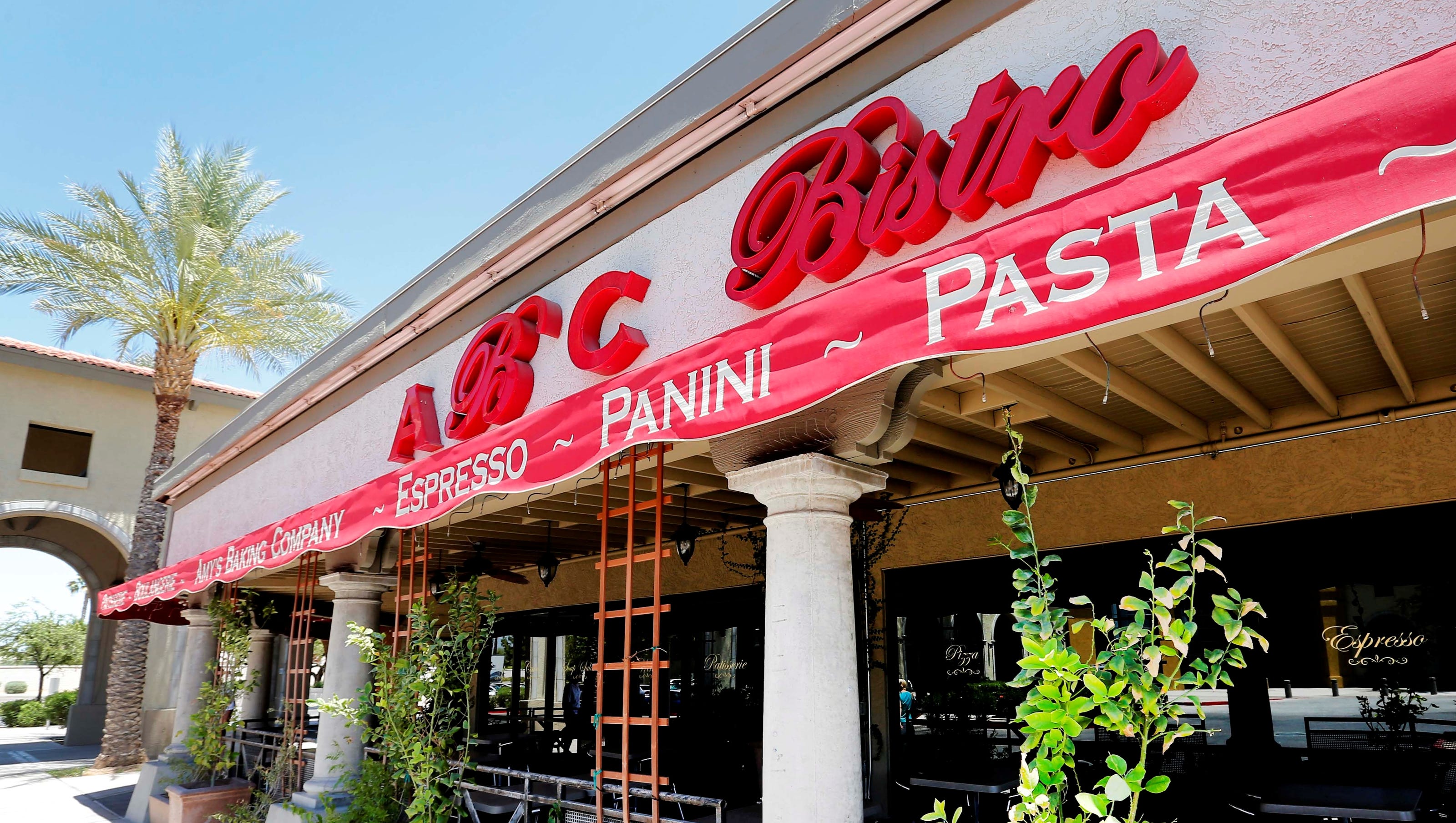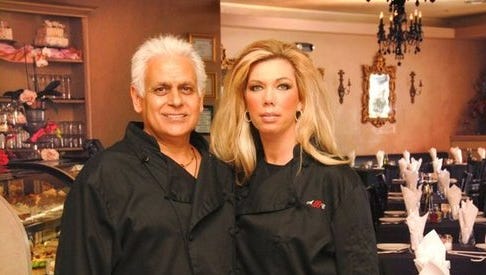That’s my favorite episode of any show. The Amy’s Baking Company episode was amazing. If anyone gets even the slightest bit of entertainment out of seeing how insane a person can be you have to watch it. Even if you never have any interest in this kind of show, just watch that episode.
I particularly loved that it was so insane that even Ramsay seemed to not know what to say or how to react. I don’t think he even knew where to begin in trying to fix anything. If anything that is why he walked out. Oh and you don’t expect to see the police called in a show like this either.
When I first worked in food service in 2000, I didn’t have to wear gloves or a hair restraint, undergo any kind of food safety training, or even wash my hands all that often except when I used the bathroom or came back from break.
Back in '98 I worked in the food service industry, more or less. I worked at a movie theater and served food that people ate. Not just popcorn and candy, but we also had things like hotdogs, nachos, and miniature frozen pizzas. At least on the days when I worked at the snack bar rather than the ticket area. (Holy crap selling movie tickets is so boring.)
I did need to get a food-handlers’ permit (mandated by Washington State law at the time) though that involved going to a Department of Health office, reading and memorizing a small pamphlet, and taking a written test that was mostly common sense aside from a couple of fiddly things like memorizing the proper temperatures for a couple of things. It was ridiculously easy to do with little effort and of course zero training.
We did use gloves I guess (at least sometimes), and we had tongs and stuff, but I never wore a hairnet. Nobody did, I don’t think it even occurred to anyone. That being said, it was very simple stuff to prepare and basically everything we served was pre-cooked to an extent if it needed to be cooked at all so there was little chance of food poisoning or anything. Plus I am sure everything had a ridiculous amount of preservatives and was processed enough that bacteria would say “no thank you”.





